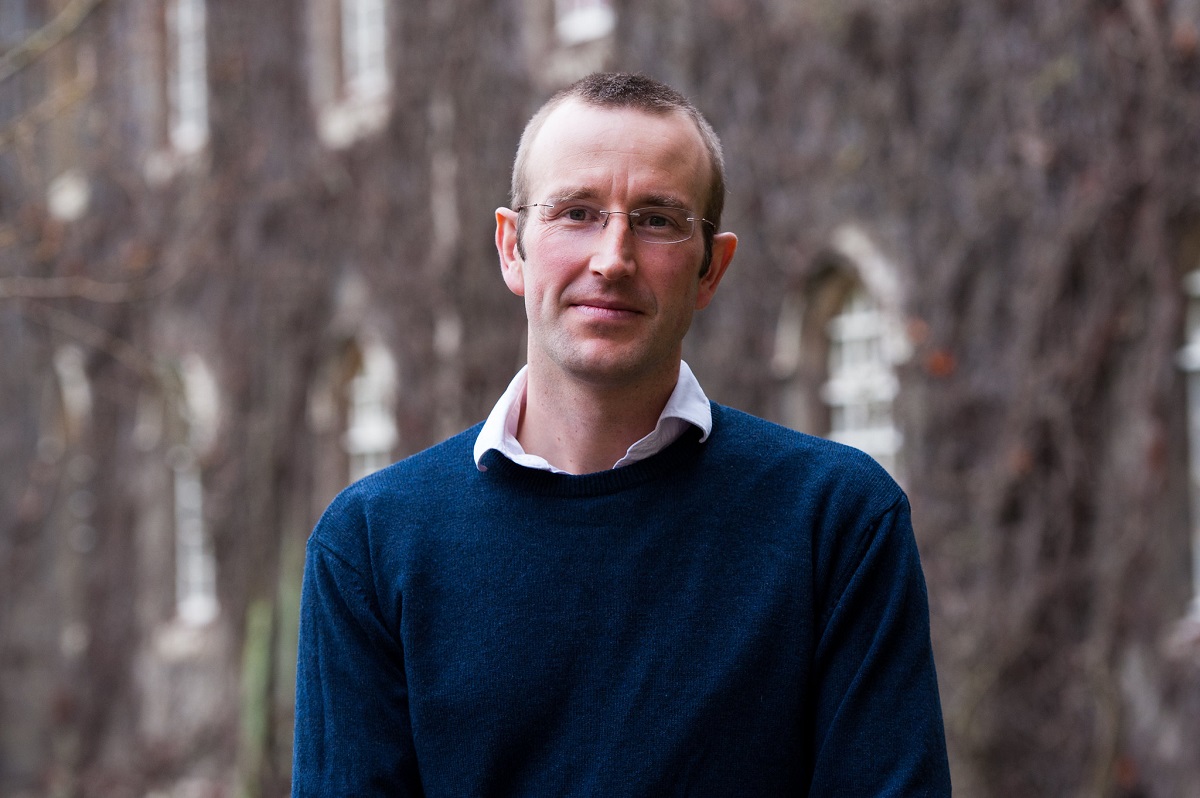
(Versión en español aquí)
Robert Macfarlane (born in Oxford, England, 1976) is an explorer, linguist, and well-known writer about nature and landscape. Although he has been described by The Wall Street Journal as “the great nature writer, and nature poet, of this generation”, in his own words, he is a teacher first. We should thus mention that Robert is Professor of Literature and the Environmental Humanities, and Fellow of Emmanuel College, at the University of Cambridge.
In 2003 he published The Mountains of the Mind, an immediate success with readers and critics alike. Then other non-fiction books followed such as The Wild Places (2007), The Old Ways (2012), Landmarks (2015) and Underland (2019); the conceptual poetry books The Lost Words and The Lost Spells, both illustrated by Jackie Morris; Ness, a book-length prose-poem; a music album with Johnny Flynn; as well as feature films such as Mountain (2017) and River (2022). His creative output has consistently been recognised, with accolades ranging from the Guardian First Book Award to the EM Foster Award for Literature. His work is translated into thirty languages, and has been widely adapted for stage, radio, film and music.
Macfarlane also writes about language, literature, environment, and travel, in press publications like The New York Times, The Guardian and The New Yorker. In the introduction to Landmarks, he wrote “Before you become a writer you must first become a reader”, and here he is clearly still following his own advice. Reading books, reading nature, and reading the interaction of human beings and their landscapes.
During this conversation we talked about his literary work, his concerns, his passions, and his latest non-fiction book, Underland, published by Literatura Random House in Spanish, under the title of Bajotierra, in 2020.
You are a PhD in nineteenth-century literature and a fellow researcher at Emmanuel College since 2002. How does teaching and research at the University of Cambridge tie-up with your explorational literature, where you travel to walk the landscapes (the roads, the caves, the mountains, the rivers) you write about?
My students teach me so much. I think with them. Conversations with them are often how my ideas find their first forms, meet their first tests. If I had to declare my profession on my passport, I would say ‘teacher’ before ‘writer’! I am a Professor of the Environmental Humanities, so everything I teach, from my PhD students down to my first years, is concerned with the same limitlessly fascinating terrain as my books: the relationships between people and nature, memory and place, language and ecology.
In your work there is a predominant presence of the landscape: how it shapes us as a society and how we shape it with the human endless interventionism. What is your view now, after your remarkable path of visiting, researching, and writing about it?
I began writing more than twenty years ago, with a book called Mountains of the Mind that sought to understand the hugely powerful spell that mountains can cast over people, myself included, causing them to fall in love with rock, ice and altitude, sometimes at the cost of their own lives. Two decades on I am still puzzling over these ‘spells’ that different landscapes casts: how they can cause conflict, desire, passion, hate.
The change that has come over me in those two decades, I think, is the understanding that how we imagine our relations with the living world is now crucial to the ability of the world to keep living.
The stakes of these questions are now planetary in scale, rather than individual. Underland is certainly the most political of my books so far in this respect; it uses the exploration of underworlds past and future to enquire as to whether we are being ‘good ancestors’, to borrow the immunologist Jonas Salk’s famous phrase.
Yes, you have often raised that question. In Underground, among other things, you look for signs from our ancestors as well as for some of the buried legacy we are leaving to our descendants. The question seems to become every day more relevant due to our decisive capacity to impact the planet. How do you think they will see us?
At one point in Underland I contradict the poet Philip Larkin’s famous line, ‘What will survive of us is love.’ What will survive of us is pig and chicken bones, the rubble of our cities, a smear of plastic in the strata, and Lead-207, the stable isotope at the end of the Uranium-235 decay chain. This is a grim legacy to leave. The ‘shock of the Anthropocene’, to use Christophe Bonneuil’s phrase, is that it requires us to recognise ourselves as terraforming, planet-scaping species, whose actions will remain legible in the rock record for millions of years to come. That is an ethical, indeed a political, ‘shock’; as individuals and as polities, we should be framing and weighing many of our decisions in terms of ‘good ancestry’ and responsibility across deep time for people and species we will never meet.
I recently read from you “what we call landscape is to young children a wild compound of dream, spell & substance; place is somewhere they are in, not on.” This made me think somehow about the popular two last verses of the poem “Nostos” from Louise Glück: “We look at the world once, in childhood. The rest is memory”. How would you compare the relationship with nature you had during your childhood, with the way you look at it and, therefore, write about it now?
A fascinating question. The lines from Gluck are new to me. They remind me of George Eliot’s remark in The Mill on the Floss that “We could never have loved the earth so well if we had had no childhood in it.” I have three children, and they frequently remind me that a capacity for wonder is a survival skill, not a luxury. Beyond this, I know that as a child I took the living world for granted. It did not then seem perishable. I do know that at the age of forty-five, while I now recognise something of the complexities of our Anthropocene predicament, and our existence within what Latour calls ‘the new climatic regime’, I am still capable of being stunned into awestruck silence by the view from the shoulder of a mountain, the turn of a path. I hope that capacity remains till I die, for in it lies ethical as well as spiritual replenishment.
There is a (roughly) 16-year journey from the essay The Mountains of the Mind, your first book back in 2003, to Underland: A Deep Time Journey. Along this way, you wrote other superb books like The Wild Places and The Old Ways, but during the second half of this period you also jumped into poetic prose (and poetry) in illustrated books such as Ness, The Lost Words, or your last book, The Lost Spells. What made you open this new creative path?
Thank you for these kind words and this question. I am still surprised by this opening-out myself –– and these creative projects continue to proliferate. This winter, for example, I am writing the libretto of an opera (based on John Alec Baker’s classic 1967 work of nature writing, The Peregrine) with the musician and composer Ben Frost, a second album of music with my friend the musician-actor Johnny Flynn, a new show of stories and songs based on the Epic of Gilgamesh to be performed at Shakespeare’s Globe Theatre in the New Year (COVID-19 permitting), and a new work with the artist Jackie Morris called The Book of Birds. I think part of the explanation for all this is that I thrive on collaboration. As a non-musician with the artistic talent of a donkey, I am perpetually amazed by the talents of the people I work with, and this spurs me on creatively as a writer. I have also always loved language’s natural music and sound patterns: the poets I love most (Hopkins, Heaney and Machado among them) work so subtly and generatively with language’s lyricism. In my long prose books, I have always taken great care with the rhythm of my sentences, especially in the opening pages. So I guess I have perhaps quietly been writing something like songs or verse for longer than I realise.
Now that you just mentioned it: during the process of preparing this interview I discovered The Peregrine. A beautiful book which you are an enthusiastic advocate of. Which have been your most memorable readings in life, books that you would recommend? What are you reading now?
I’m so pleased you found The Peregrine and that it spoke to you, David! It is one of the three or four books that Werner Herzog prescribes as set reading for his Rogue Film School, along with (as I recall) the Warren Report into JFK’s assassination, and Virgil’s Eclogues. It is visionary, cinematic, intense; a slender book that burns with a magnesium-flare intensity. I once wrote to Herzog to see if he would like to collaborate on a film version of The Peregrine; he wrote back to say that it was one of those books so perfect in itself that ‘anyone seeking to make a film of it should be shot’! Anyway, I am disregarding him to the extent of making it into an opera, as I mentioned; modernist, angular, icy. So everyone should read The Peregrine, for sure; and then I also love to recommend Nan Shepherd’s The Living Mountain (1977), another slender masterpiece of ‘nature writing’ (a phrase I dislike, but let it stand here), and my mentor and lodestar Barry Lopez’s Arctic Dreams (1986). Barry died a year ago this Christmas; he crossed the river surrounded by those who loved him, and left a legacy of a profound and influential body of work concerning people, place and living well on this earth. Truly, he was a good ancestor.
How was the process of ideation and writing of Underland? Where does the book spur come from?
The idea for Underland first arose in 2010, a year when four differently catastrophic “surfacings” occurred: the Haitian earthquake in January, the Deepwater Horizon blowout in the Gulf of Mexico in April, followed a few days later by the explosion of the Icelandic volcano Eyjafjallajökull, and then in August the trapping of thirty-three Chilean miners deep in the San José gold and copper mine, far beneath the Atacama Desert (all of the men were eventually brought back alive to the upper world, after sixty-nine days in the dark, in a rescue capsule codesigned by NASA). It was impossible to me, that year, not to think of what lay beneath the surface—and of the traumas, disruptions, and disclosures that occurred when the boundaries between above and below were breached.
The Deepwater blowout and the Chilean mine collapse laid bare what it is in the interests of both the extractive industries and most consumers to keep hidden from view: that is to say, the largely invisible infrastructure and “slow violence” —to human and more-than human communities— inevitably generated by the staggering extent of our extractive activities as a species. Humans have drilled more than fifty million kilometres of oil borehole alone. Humans have removed the tops of entire mountain ridges to get at the coal they contain. Humans have warrened mines deep into massifs and far out beneath the sea.
Technology has amplified human capacities such that we (that is to say, some of “us”) have become immense geological agents, terraforming the underearth at vast cost, incurring largely unmeasured externalities.
Haiti and Iceland, by contrast, were declarations of the earth’s own unbiddable, restless powers; a reminder that we exist, as a species, in a slender boundary layer beneath vaults of turbulent air and above seething depths of shifting crust and molten mantle. All four of these events spoke to me of precarity and volatility, and of illumination and ignorance, and I became determined to discover more about what the underland knew, if I may put it like that. It felt a subject that was both urgent and ancient, and so it proved to be.
I made the first sparse notes towards what became Underland in that year, sure that I would write at length on this subject, but without any sense of how to shape or explore all that it held. I began work in earnest on the book in early 2012—and wrote the last paragraphs in June 2018, in the very days when billions of people worldwide were gripped by yet another underworld story—that of the thirteen young Thai footballers and their coach, who on the afternoon of 23 June, after football practice in their home province of Chiang Rai, decided to explore the Tham Luang Nang Non cave complex, drawn into the darkness by curiosity and a sense of adventure. Shortly after they had entered the cave, a cloudburst occurred and water levels in the system rose rapidly, trapping all of them around two and a half miles inside the mountain.
And in the intervening years, I found my writing overtaken by Anthropocene circumstances, as what I came to think of a master trope of our epoch—things that should have stayed buried, rising to the surface—recurred across the world: ancient methane deposits released by melting permafrost, the eerily preserved body of a fifty-thousand-year-old wolf pup found by gold miners in the Yukon, the bodies of soldiers killed in conflicts over a century previously yielded up by fast-melting glaciers.
For Underland, you visited Onkalo, in Rauma (Finland). During your stay in Rauma, you read the Kalevala: the Sampo, the adventures of the hero Väinämoinen. This chapter about Onkalo is placed at the end of your book and, somehow, I felt a wisp of hope (let’s say: feeling that we can, as a society, do the right thing) when seeing the huge effort they are making there to keep the radioactive waste (spent uranium) apart from nature for thousands of years, until the radioactivity vanishes. How do you see it?
I’m glad you focus on that detail and that chapter, David. I went to Onkalo expecting to find the end of the world, a Gotterdämmerung of a burial site, and instead I found what I took to be decent people trying to be good ancestors, trying to make safe that which is harmful across deep time. So yes – a hopeful moment, but also partial and provisional, set against the many comparable failures of good ancestry which the book encounters. Reading the Kalevala while there also felt deeply disturbing, for that ancient story – like the Epic of Gilgamesh, with its description of the first act of gratuitous deforestation in written history, and the terrible consequences which follow – carries a warning against disturbing that which lies buried; a warning we have clearly failed to heed.
One of the works from you that impressed me the most was Landmarks. It is an enjoyable and ambitious treatise about literature, semantic precision, linguistics. Partly a vindication of the treasures of languages; a true celebration of nature and the way we can look at it. Is the language use, how we refer to nature diverse forms, items, phenomena, keeping it rich and diverse, a legacy we must work on for the coming generations? Why is that so important?
Thank you. I’m glad you liked it –and surprised, given that it is by its nature an untranslatable book! It became an unexpected number one bestseller here in the UK in 2015-16; I think it struck a chord with many people who wished for what we might call a ‘re-wilding’ of the language we have and use to describe nature, place, weather and creaturely life. I celebrate diversity in all contexts, and I wish our language for nature to be a wildflower meadow, not a golf-course fairway or a monoculture wheat-field.
We rarely save what we do not love, and we rarely love what we cannot name.
Naming – good naming, honouring naming, not the possessive colonial-extractive naming – is a recognition of reciprocity and kinship between the namer and the named.
The lost words; A Spell Book and The lost Spells (both beautifully illustrated by Jackie Norris) are stunning works where the words and their signifier conform poems that swing together with the meanings and the illustrations. They are both somehow musical books. Please, tell us how the experience of writing them was.
I love the idea of the spell-poems ‘swinging together’ with the art. Thank you for this phrase. I wrote them all in my head before I set them down, which is to say I listened to them with the mind’s ear. I wanted the language to tumble and turn in the mouths and the imaginations of the spells’ speakers, and this has come true in many surprising ways: the many musicians and singers who have set the poems to music and sung them, including the Spell Songs ensemble who have had sell-out tours around Britain, or the thousands of children in schools across the country who have learned to speak the spells aloud in their classes. I believe a Spanish translation of The Lost Words is coming soon, in part in collaboration with the Museum of Natural History in Madrid. This makes me happy – I wish the translator luck!
Your works are crafted from the scientific and the emotional sides. You describe landscapes with precision and, at times, with poetic prose. I often see alliterations rhythmically written that pushed me to read aloud some paragraphs. This is obvious (and I understand it is done on purpose) in the illustrated books, as for instance The Lost Spells. Poetry to be read as poetry should be read: standing and out loud. Who are your poets of reference? Do you read poetry aloud?
This is very generous of you I am so glad that you were pushed to read part of my books aloud, David. Yes – I am near-obsessed with rhythm in prose, where it is an often neglected quality. So I not only read poetry aloud to taste it, as it were, I also read prose aloud. I read all of Underland aloud when it was in its near-final stages, keeping an ear out for mis-steps and off-beats, thickening the texture of the weave.
The Wood Wide Web might be one of the most impressive and enlightening nature findings of the last decades. The subtle network of fungi and plants you have referred to as a love, human mutual care, metaphor. This mycorrhiza and its dynamics could also be seen as a parallel metaphor of social democracy (one of the two alternative interpretations the biologist Merlin Sheldrake gave to you, and you mentioned in Underland). They all take care of each other (the different species of tree and fungi) because their survival and their life quality depend on the conditions of the whole community. Could you please share a little of your personal vision on this phenomenon?
You unfold the implications of that chapter very well in your question, David. Perhaps I can extend your question by responding that my discussion and celebration of the ‘Wood Wide Web’ there forms part of a deeper subtext in Underland —a word wide web, perhaps— that recognizes and celebrates mutualism both biological and social. I found myself returning again and again to this subject and in the end decided, reflexively, to bury these moments in the book rather than explicitly relating them, thereby allowing readers to perform their own conjoinings. There are two recurring images at the heart of Underland (or at the core, perhaps I should better say): one is this one of the network, the web, and the other is of the opened hand or the handprint. The hand stencil is one of the very earliest extant marks made and left by human beings—created by placing the palm against the rock and then spitting a mouthful of paint powder against it, thereby staining stone and hand back, such that a negative trace is left on the rock once the hand is removed. I take that gesture—the hand opened in greeting, in offer of help, in communication—to be a resonant sign, and modern as well as ancient versions of it are embedded throughout Underland. Both of these recurrent motifs perform ideas and praxes of mutualism and reciprocity. So much of our current crisis—which Jason Moore names not as the Anthropocene but as the Capitalocene—is born of a system that structurally embeds profit above all other kinds of ethos or “good” (the obligations of “fiduciary duty”). Yet within the confines of capitalism we still prove ourselves capable of remarkable kinds of giving, trusting, and loving; those forms of open-handed interaction which reach outside the compulsions of proportionate reciprocity or unequal betterment conditioned by capital.
Lost in the Cedar Wood. How was the experience of the album recorded in collaboration with the songwriter Johnny Flynn?
Writing the album was one of the few sustaining joys of the pandemic, simply put. We began the first songs for the album in the first days of the first lockdown in the spring of 2020, and we recorded the majority of the tracks in the kitchen of a forester’s cottage deep in an English woodland, running the microphones and amps off solar power, with birdsong flying in through the window and onto the tracks. Working with a musician of Johnny’s brilliance taught me so much about the art of song-writing; how lyrics must lie looser in the mind than poems, how refrains and returns function. We have not stopped writing together since those first tentative verses, and another album is racing towards completion. Few things make me happier than taking a pen and a notebook and noodling around with lyrics in a spare corner of time.
In your bio at Emmanuel College, you say “Broadly put, I am concerned with questions of how narratives, forms and metaphors might shape (and have been thought to shape) ecological awareness, environmental activism and individual ‘place-consciousness‘”. Correct me if I am wrong, but with reference to climate change it seems that even though the narrative battle is heading in the right direction, we are late in the corrective actions on a global scale. Where, from your point of view, are we at this very moment on this global issue?
COVID-19 has been a catastrophe in countless ways, but arguably the greatest has been its impact upon the politics of climate change, for this slower-motion crisis will in the end claim more lives and inflict more social injustice than the pandemic.
This outbreak has curtailed political sightlines, shortening them to a month or three or six, where climate change policy-making requires deeper-time thinking in units of decades and centuries. That said, what is at stake now are degrees of immiseration; we must never abandon the climate crisis as ‘lost’, but rather campaign for every possible gradation of mitigation, as if lives depended upon it, for they do.




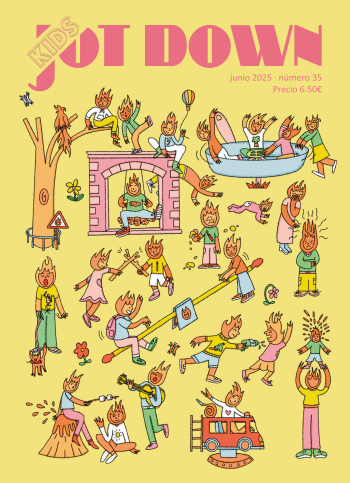
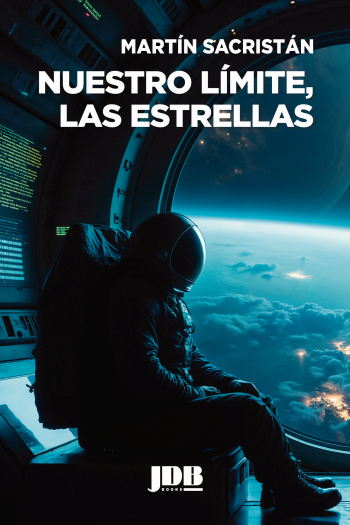

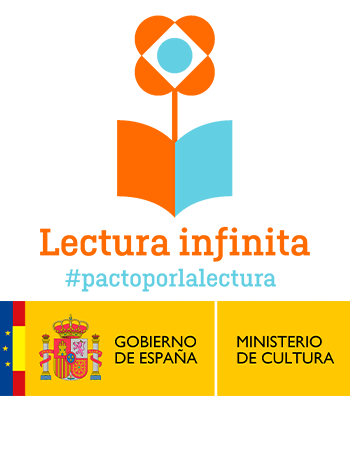
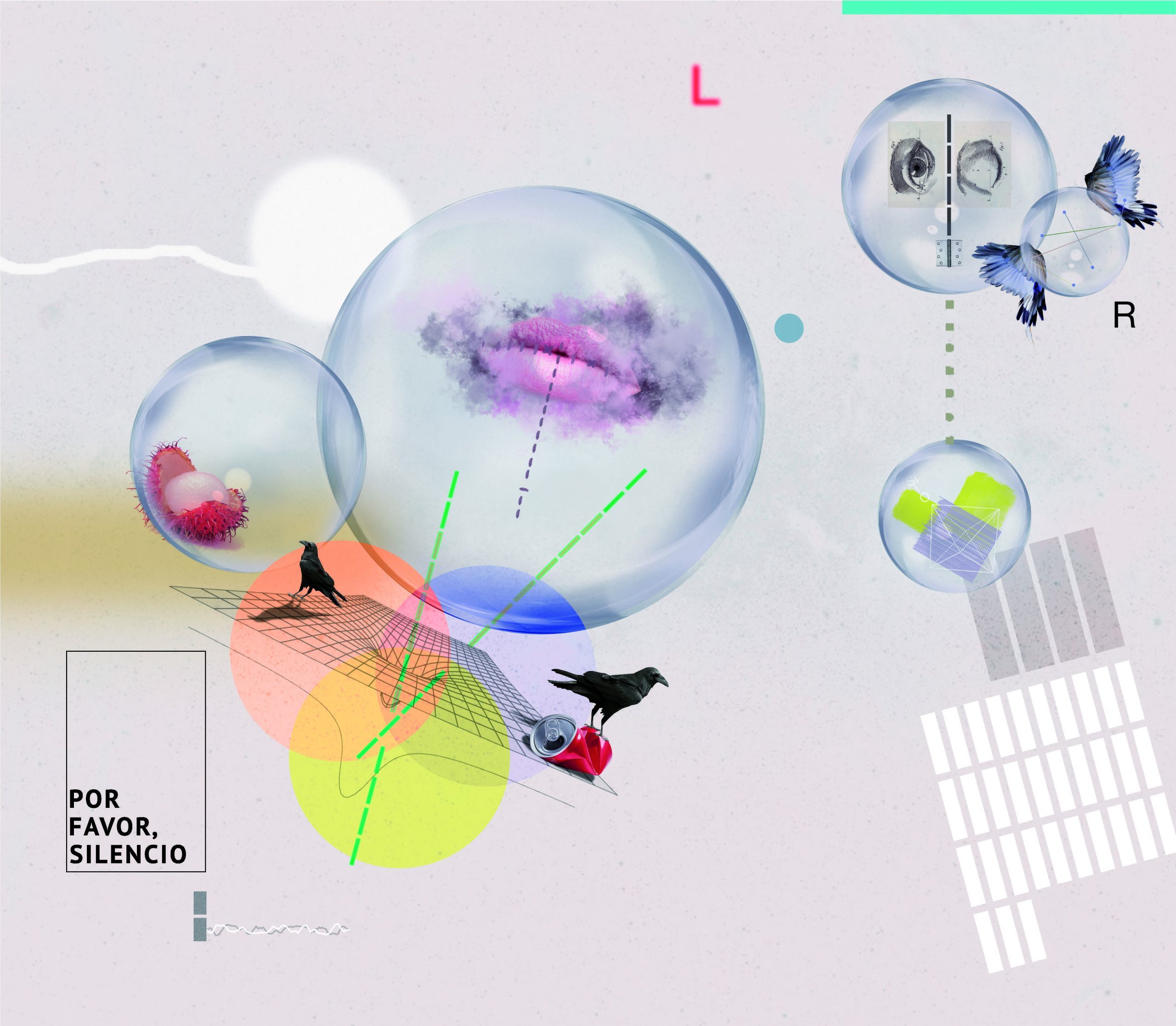
Pingback: Robert Macfarlane: «El Covid-19 ha sido una catástrofe de innumerables formas, pero podría decirse que la mayor ha sido su impacto en la política del cambio climático» - Revista Mercurio